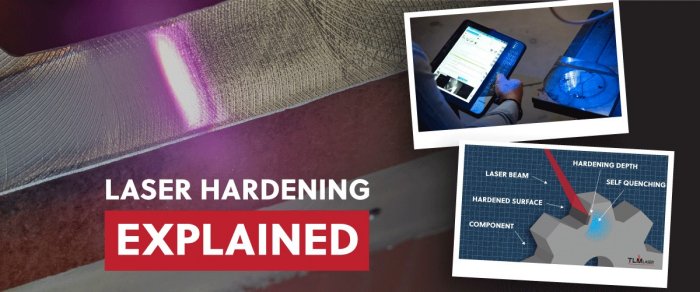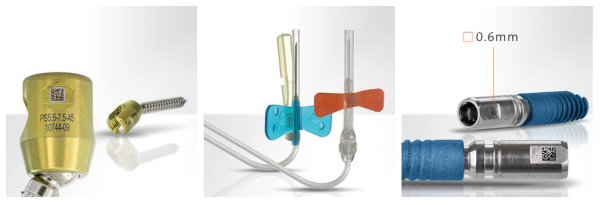Flange Welding
Flanges are ridges or lips on materials that are used as attachments to other objects. These may be on the ends of pipes, cylinders or wheels. Their most common uses are in plumbing, tubing connections and major water, oil and gas pipelines. Pipe flanges are usually spot-welded together and secured with bolts. A gasket made of rubber or another synthetic material is sometimes placed between the flanges to provide a tighter seal.
Traditional Arc Welding
Traditional flange welding using a gas or an electric arc heat source and needs extra care to align the separate pieces of material along the correct axis. Some parts may be shifted out of alignment during the spot-welding process as the heat source is focussed on parts that may be difficult to access. In addition, dirt or other waste material may collect at the joint, while the gasket may not provide a tight enough seal for high-temperature and high-pressure situations.
Laser Welding Advantages
One of the main advantages of laser welding is that the flanges on the two pieces to be joined can be smaller — almost one third of the width of flanges used in spot welding. Laser welding is a faster process than traditional welding but also has other advantages:
requires less heat input
reduces any distortion in the welded products
improves the accuracy and quality of the final product
lowers the cost of the welding process
When some flanges in pipe fitting need a connection of four separate objects, the laser process allows the fittings to be built to very specific sizes and tolerances.
For information contact us or see our Laser Welding Machines

Talk to Us!
Connect with our Technical & Support Team.


